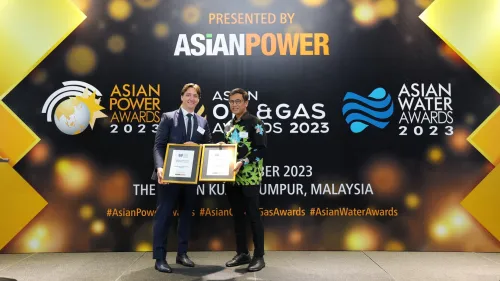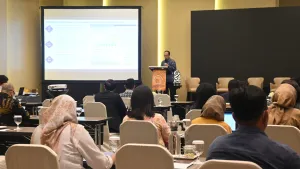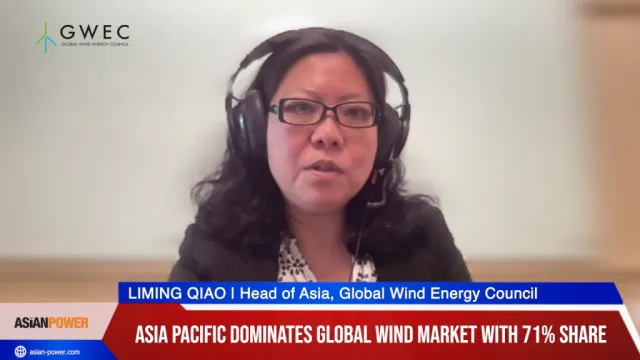
AltaLink – Smart Communications for the Smart Grid
Calgary-based AltaLink is Canada’s only fully independent transmission company operating approximately 12,000 km of transmission lines that serve 85 percent of Alberta’s population.
In 2010, Altalink launched an IP/MPLS upgrade to its entire distribution and communications infrastructure.
Altalink expands communication
AltaLink’s decision to upgrade its operational communications network was originally triggered by the obsolescence of the ATM and TDM solutions, according to Clint Struth, AltaLink’s Principal Engineer for Telecommunications and Networking. There are other factors though which bolstered the case for change.“We also had a need for more IP- ased services and, because our division is practically an internal service provider to the various business units that use the network, we had decided that we wanted to implement a carrier-like model with centralized management and provisioning,” says Struth.
Other challenges included greater regulatory requirements, placing more emphasis on AltaLink’s ability to provision, manage and operate critical services while reporting actual operating statistics, and the necessity to adhere to reliability benchmarks for Teleprotection (TPR), SCADA, or other services. Additionally, the company needed to maintain the services running on its legacy network and ensure cybersecurity during the transition.
“Contrasting the competitor offerings for IP/ MPLS, Alcatel-Lucent is the only company that has a broad suite of those legacy interfaces,” says Struth, so when you’re trying to bridge the gap between old network and new, the others simply can’t do it.”
“We knew through some of their commercial deployments with carriers that they had the technology and skill set to back us up if we ran into trouble. In fact, Alcatel-Lucent has the capability to do a bit of everything, so we were very comfortable with using them as opposed to bringing in a new vendor. All of these considerations made our selection pretty easy.”
Hand-in-hand with Alcatel-Lucent
Working closely with Alcatel-Lucent, AltaLink built a compliant and cost-effective Internet Protocol/ Multiprotocol Label Switching (IP/MPLS) infrastructure with a visually-oriented network management system. With IP/MPLS, the available bandwidth is distributed between services as and when needed, creating unprecedented efficiencies. IP/MPLS is also the only IP based solution capable of supporting the demanding network requirements of today’s utilities.
For security, AltaLink employed a multi-tier scheme that makes full use of IP/MPLS intelligence, flexibility and control with intrusion- etection checkpoints; centralized authentication and logging; security policies for each service through access control lists; MAC-pinning, IP and bandwidth filters; centrally-managed and monitored Fortinet firewalls at every substation; low-latency teleprotection and comprehensive password protection at different levels.
The full rollout began in January 2011, and now nearly 70 of its 300 substations have been converted, with a complete migration targeted for 2013.
Going to a carrier model means that AltaLink will be able to eliminate duplication in services. “Rather than separate units for the IT and operations networks and SCADA, we’re going to have one centralized team,” says Struth. “That means no duplication of manpower, with centralized management provisioning and reporting, standardized processes for new services requests and other issues, standardized engineering and design, as well as a common hardware design, a common management model for security and control, and uniform policy.”
“And, we have a lot more visibility now than we ever did before. It’s real-time monitoring – we know from one common pane of glass what all of the services are doing. If anything we have more confidence now in the network than we did in the past.”
Cory Struth, Clint’s brother and AltaLink’s IP Network Architect, points to the benefits of Alcatel- Lucent’s professional services during the rollout. “It lessened the learning curve for those of us who were actually doing the implementation and gave us someone to really mentor with, but also let us go and do it on our own. It probably saved us a year.”
What began as a maintenance upgrade driven by sourcing concerns has developed into a transformational change for AltaLink’s communications and control network. By successfully engineering the network to support critical applications such as SCADA and TPR, this next-generation smart grid is fully addressing current needs and supporting legacy assets while remaining flexible and ready for further smart grid enhancements in the future.


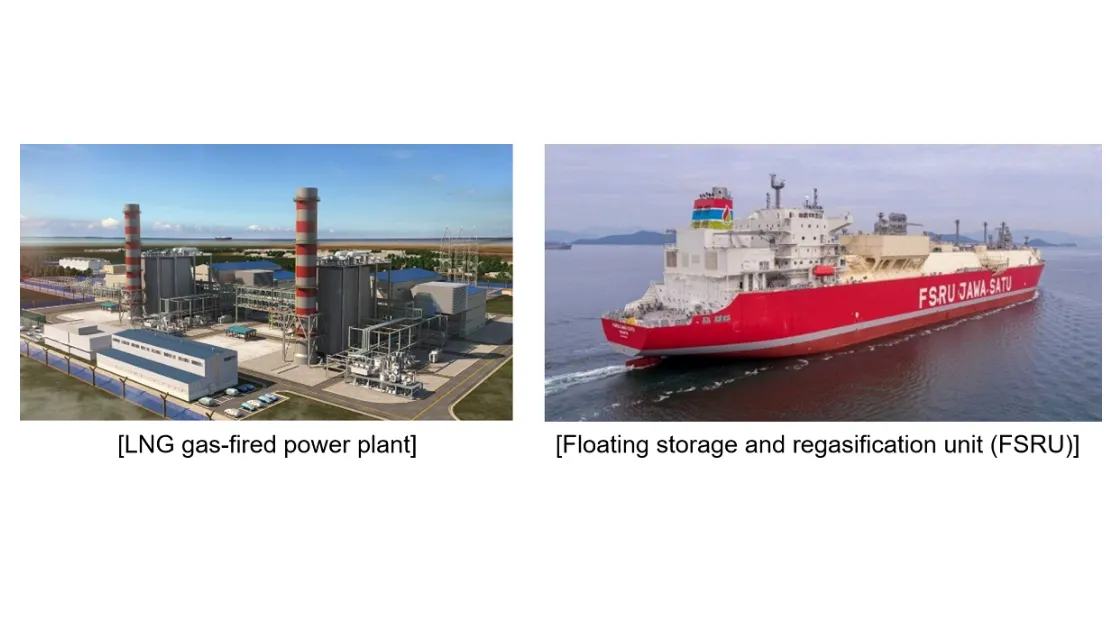
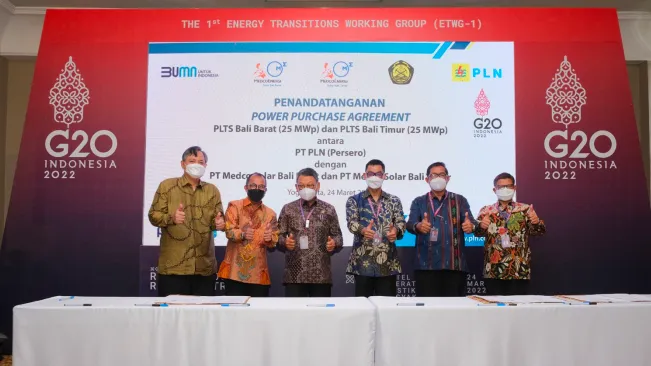





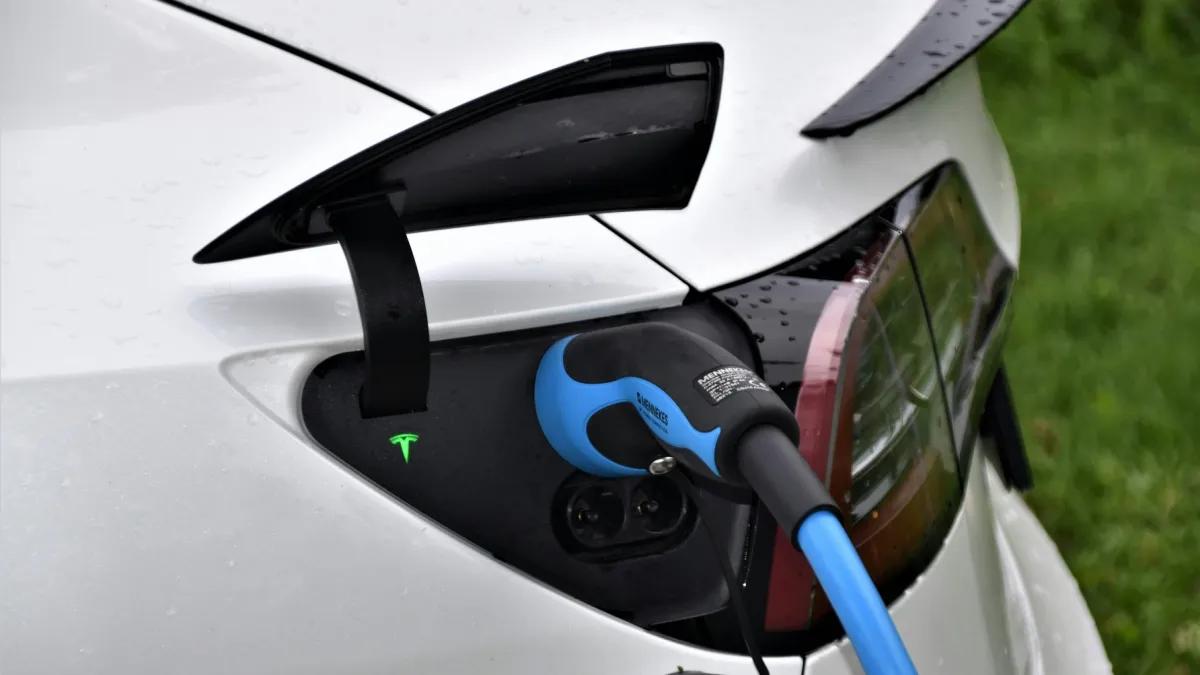
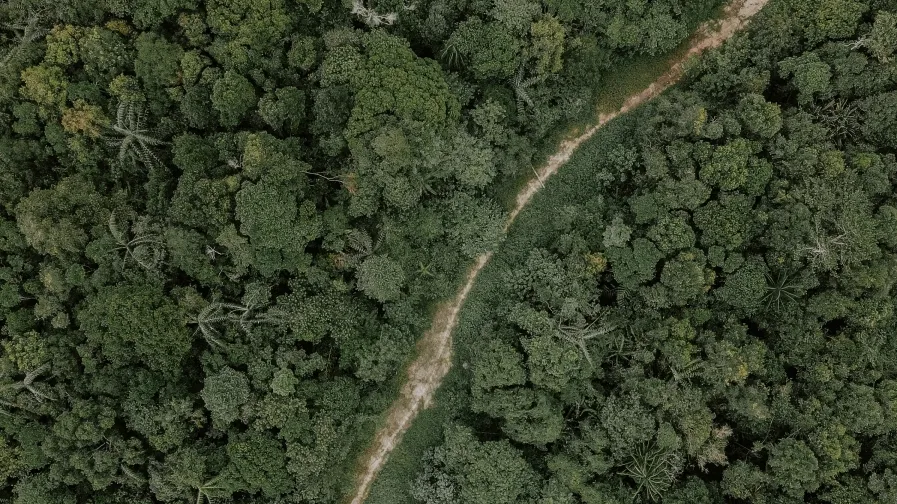


 Advertise
Advertise
